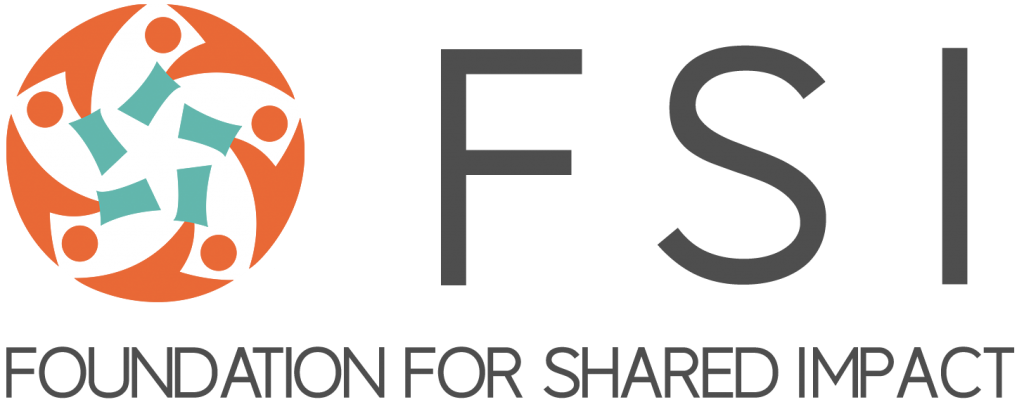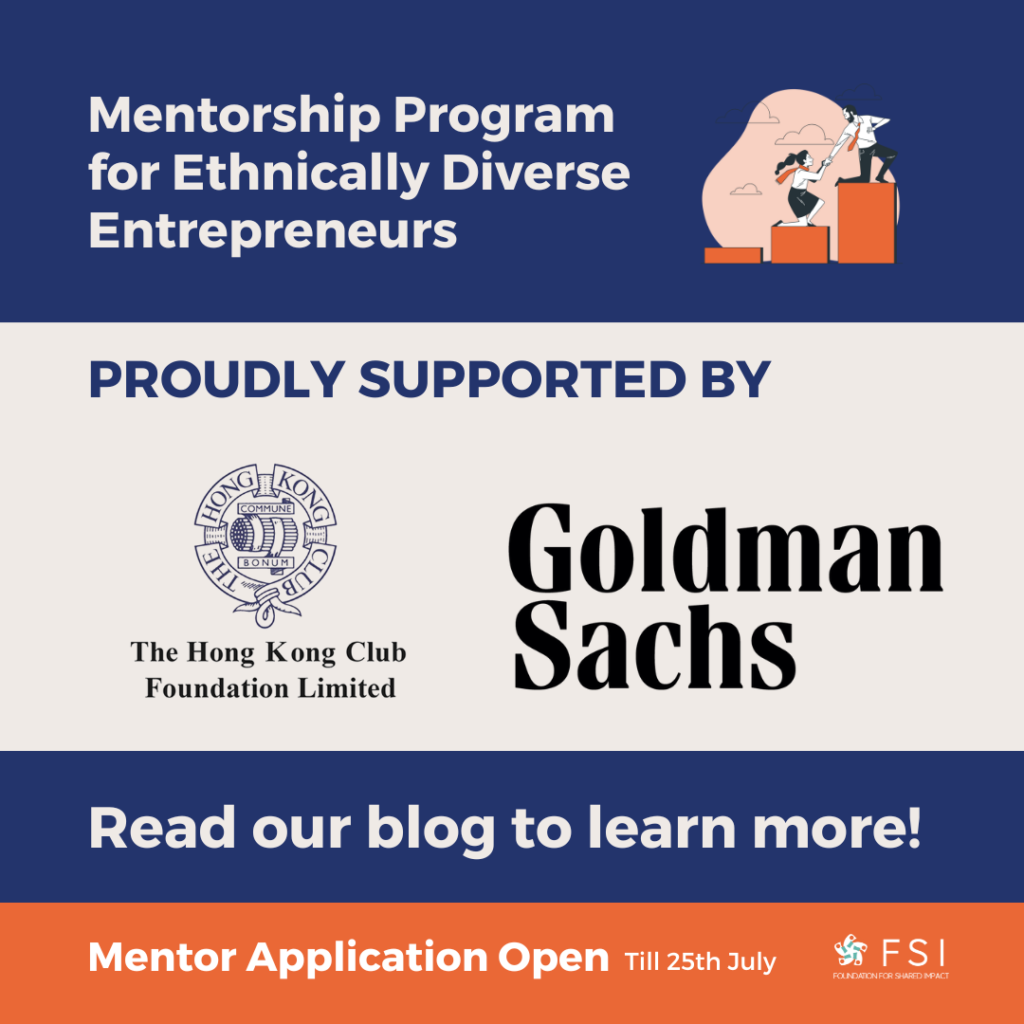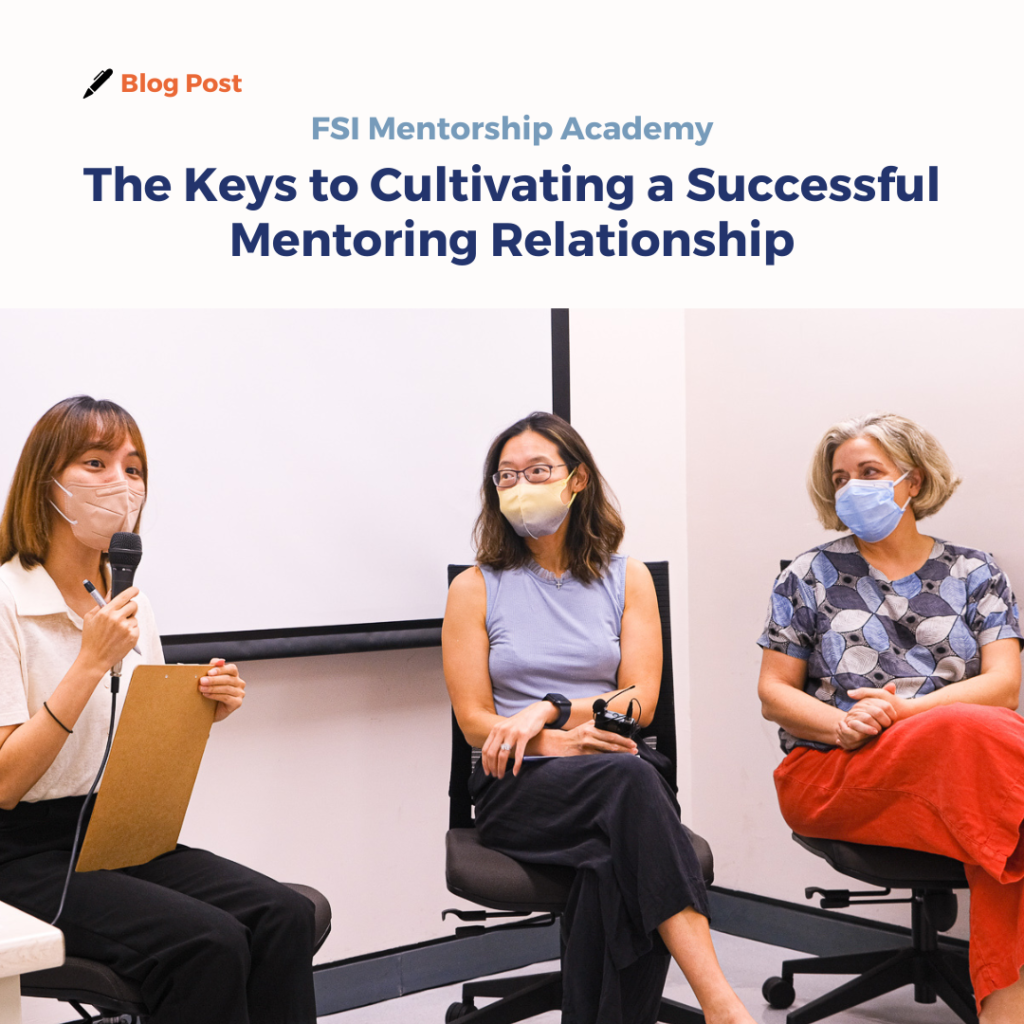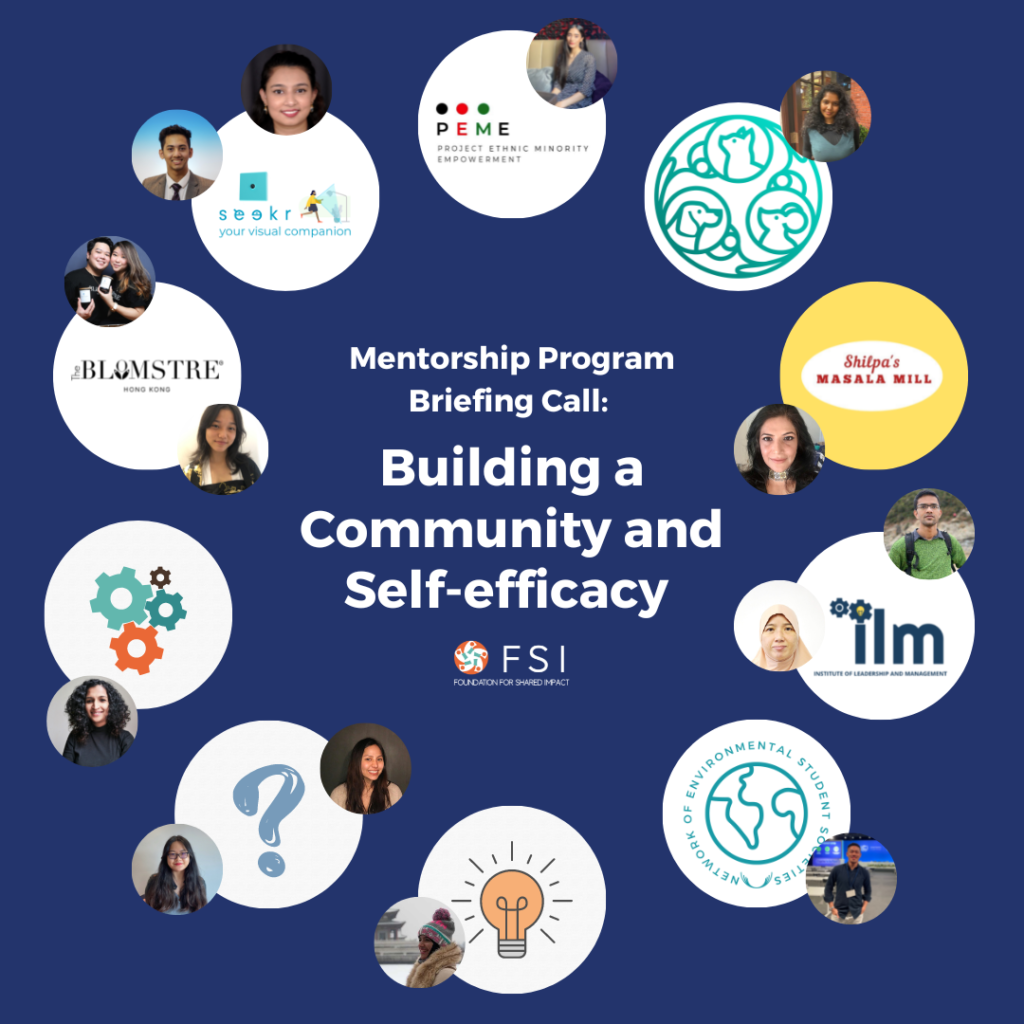Here at Foundation for Shared Impact (FSI), we are cognizant that marketing is imperative to an organization’s growth. We understand that our well-curated, comprehensive programs will only have limited impact if people are unsure about what we do or are unaware of our programs and initiatives.
That’s why organizations of all sizes and legal entities need to be strategic about their branding and marketing efforts. But where do we start, and how do we go about it?
On 25 October, we invited Gerard Escaler, Chief Marketing Officer at Lyrium Venture Partners, to conduct the Marketing 101 workshop for the entrepreneurs of our Mentorship Program for Ethnically Diverse Entrepreneurs.
Post-COVID Growth Strategies for Startups
With 25 years of experience in technology, innovation, and sustainability, Gerard was unequivocal about the global marketing challenges companies and organizations face today, especially taking into consideration the post-COVID context. “In addition to challenges such as growth and profitability, data privacy and compliance, brand differentiation, and talent acquisition and retention, COVID lockdowns have necessitated digital transformation for many companies worldwide.”
Moreover, an increasingly remote workforce, changes in customer behavior, and a higher awareness of physical and mental wellbeing etc. as a result of the pandemic are adding to the factors influencing branding and marketing strategies.
Here, Gerard introduced our mentees to a useful tool: PESTEL Analysis. Examining the Political, Economic, Social, Technological, Environmental, and Legal factors in the external environment, the PESTEL Analysis is a strategic framework often used to identify threats and weaknesses for strategic planning, risk management planning, and developing marketing initiatives.
It is important to note, however, that branding should come first, and the marketing plan reinforces the branding, said Gerard.
Essentially, branding is about your company or organization’s recognizable attributes. Your branding strategy, therefore, should highlight the unique selling point (USP) of your company, your products, and/or your services in order to get the right customers. Your USP is your value proposition: What differentiates your brand from others? Why must people choose you over the other brands? Is it your operational excellence, product leadership, or customer intimacy? (Learn more about the Value Disciplines Triangle here!)
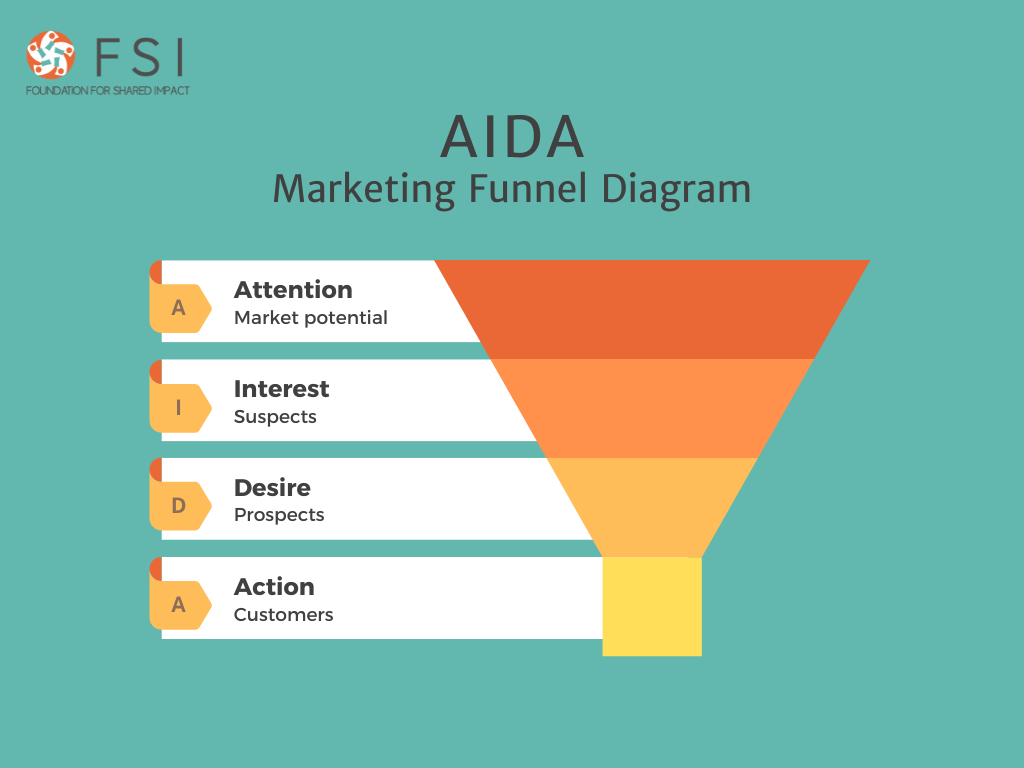
While this three-stage framework works similarly for for- and not-for-profit organizations, the key, said Gerard, is how you define ‘conversion’. “You need to be clear about what your main objectives are. Is it getting funding, increasing revenue, getting more foot traffic to your shops, or getting more subscribers for your newsletters? You are going to have to prioritise, because you are not going to have the time or resources to do everything.”
Consistency is Key
Today, there is an overwhelming number of ways to engage your customers and stakeholders digitally. Moreover, your customer is essentially a network, as they are connected with various stakeholders such as investors, regulators, business customers, partners, analysts/press. What that means is that every time another point is added to your customer network, there are many more links leading to exponential growth.
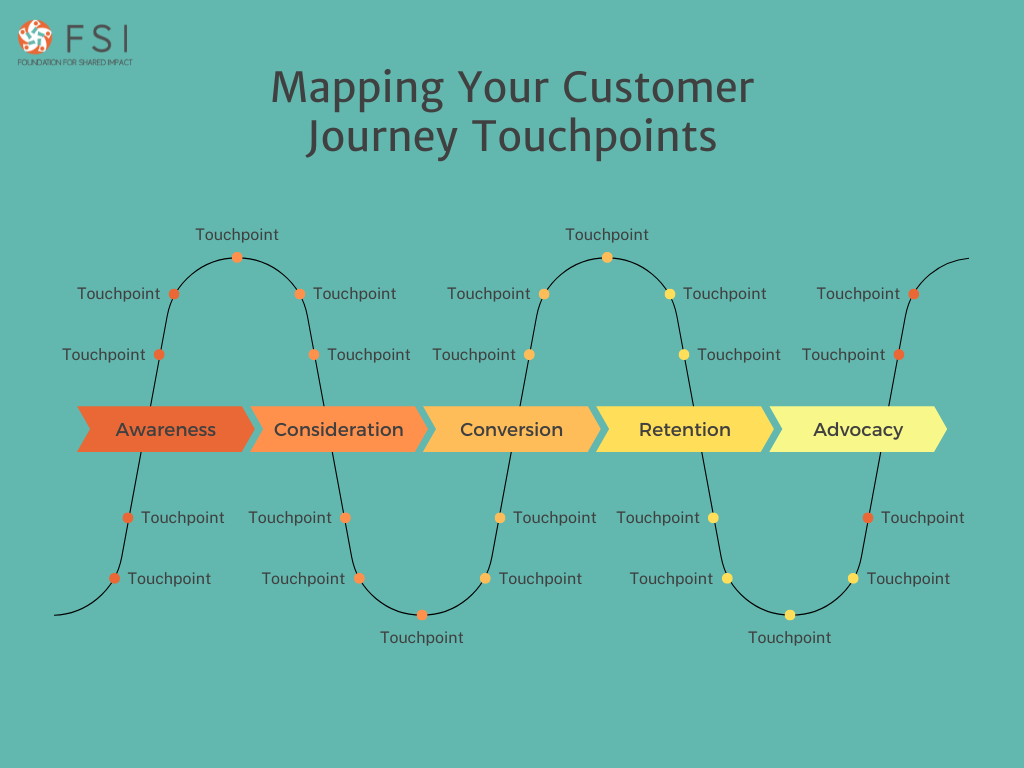
Once you have mapped out all the touchpoints, you should proactively engage your customers at all touchpoints throughout the customer journey. The key here is consistency: consistency in messaging and customer experience.
Said Gerard: “Being ‘consistent’ doesn’t mean saying the same thing to everyone. For example, FSI could have a branding and marketing strategy for the organization as a whole, and another set of strategies for its different programs and initiatives. Consistency also means consistency in customer experience across different platforms and programs. Consistency is important across different marketing channels, and every contact with the organization should all replicate the same positive experience.”
Crafting Your Marketing Plan
When crafting the marketing plan for your company or organization, Gerard recommended gathering as much data and insights from your customers or stakeholders as possible. This is where the knowledge our mentees gained from our ideation and design thinking workshop became useful.
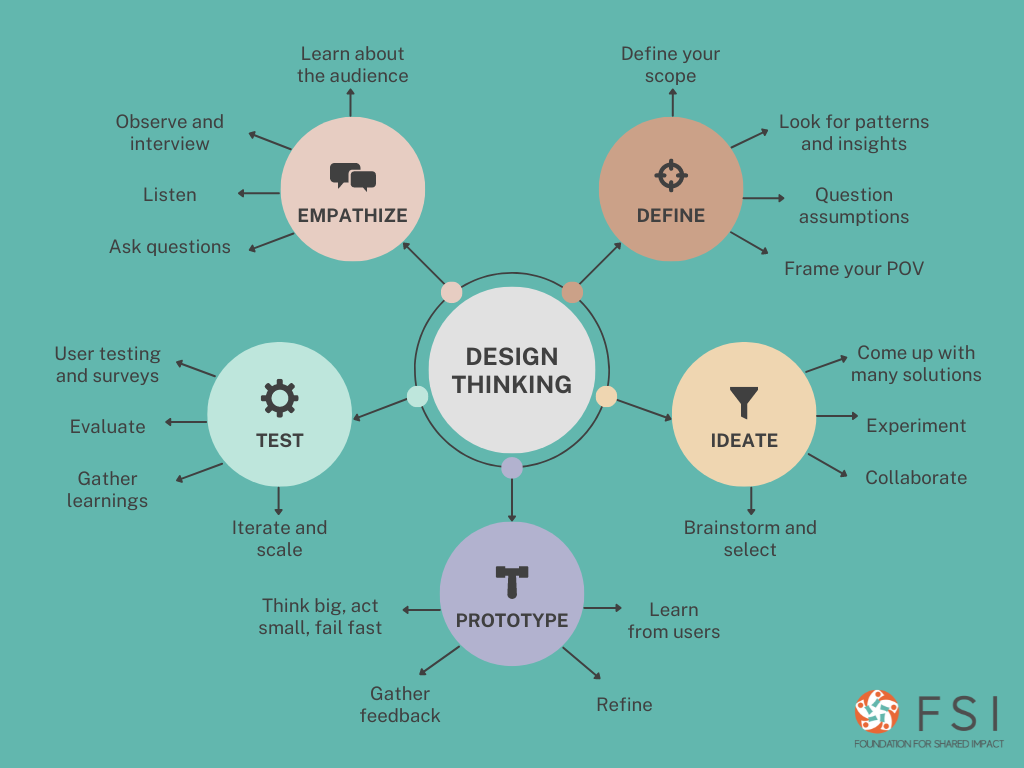
As Gerard said, while people often equate marketing with advertising, the truth is that there are many ways to market your brand without causing a dent in your bank account. Some high-impact, low-cost marketing initiatives include social media content marketing, email marketing, and Google Ads.
And so, before we concluded the workshop, Keith Chau, an Impact Lab intern working with FSI’s Community Business Support team this semester, demonstrated to our mentees how to set up a paid search campaign on Google Ads, as well as how to optimize ad performance by changing the content of the ads. In fact, our Community Business Support interns are compiling a toolkit on precisely this topic, so stay tuned to our social media channels for updates! In the meantime, explore our Entrepreneur’s Toolkit for guides and toolkits to help you overcome everyday business challenges.
*Interested in supporting our work on helping ethnically diverse entrepreneurs start and scale their business? Donate to us or get in touch with us on cbs@shared-impact.com!
